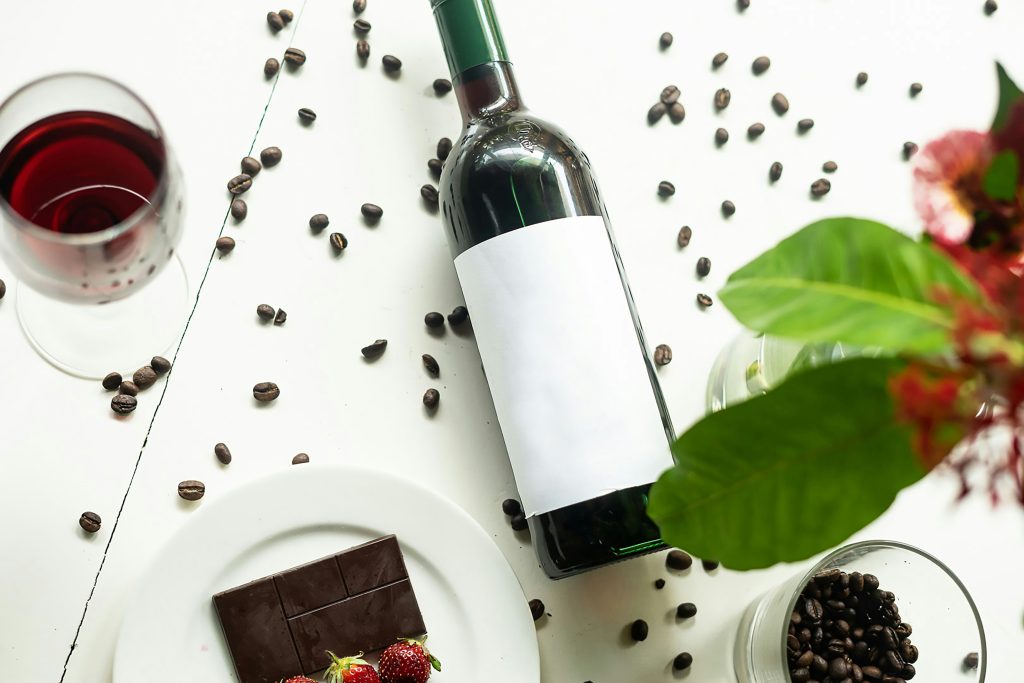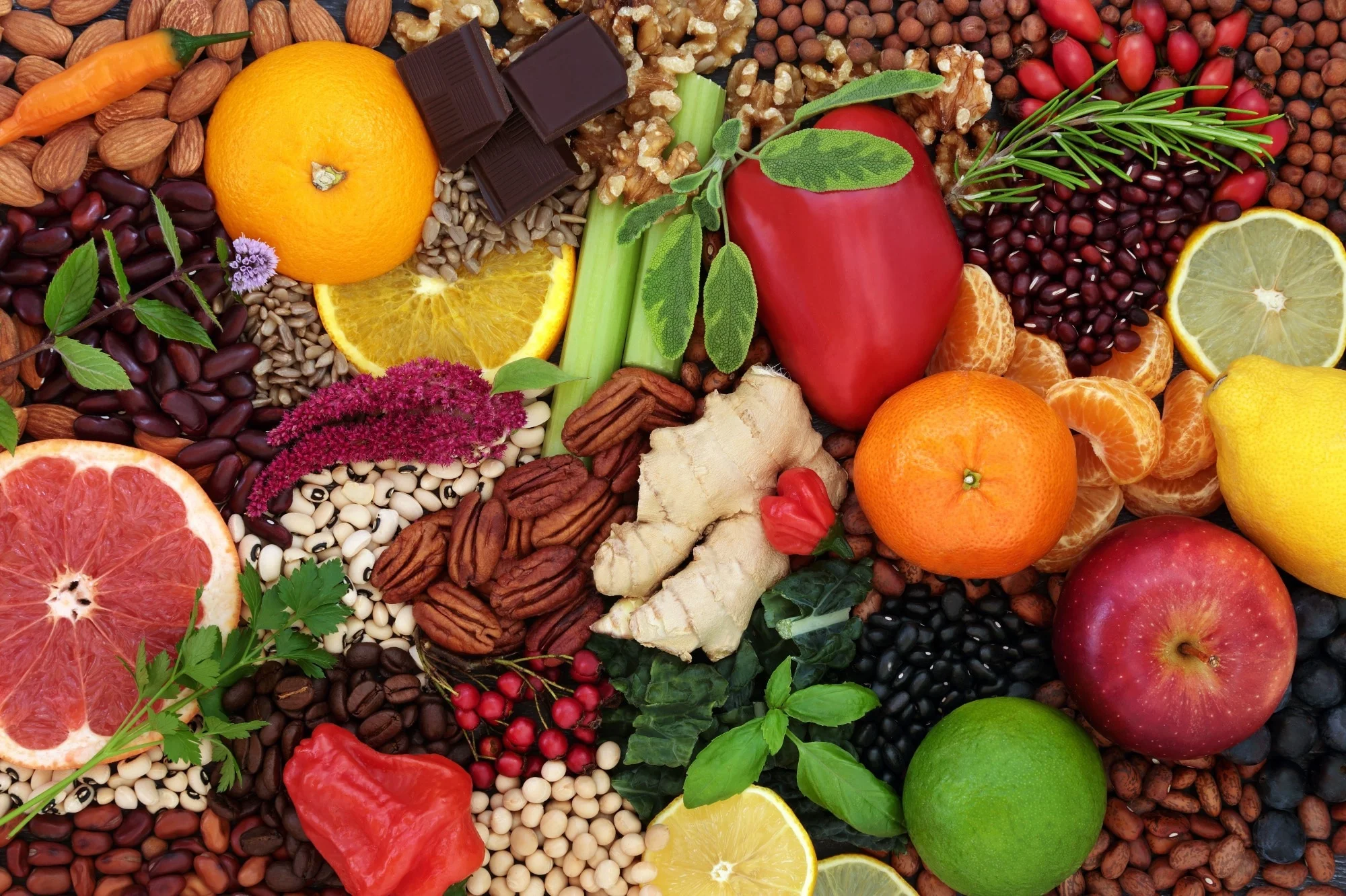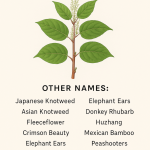There’s growing evidence that health-promoting antioxidant flavonoids aren’t just found in fruits and vegetables—they’re also abundant in a few of life’s more indulgent pleasures. Green tea, Itadori tea, Cerasse tea, red wine, and even dark chocolate have all been shown to contain these powerful compounds.

Among the most researched of these flavonoids is resveratrol, found in red wine and dark berries. This polyphenol has captured attention for its anti-inflammatory and antioxidant properties—key defenses against cellular aging and chronic disease. So if you’ve ever suspected that health advice was all about self-denial, science is beginning to offer a more delicious alternative: enjoy, in moderation.
Flavonoids are naturally occurring plant compounds that help protect plants from disease, heat, and intense sunlight. Long valued in traditional medicine, these compounds are now being recognized by modern science for their potential to protect human health as well. In particular, polyphenolic flavonoids like resveratrol show promise in helping to reduce inflammation and oxidative stress in the body—two major contributors to disease.
Heart disease and stroke remain two of the leading causes of premature death and disability in the Western world. Both conditions often stem from atherosclerosis, or hardening of the arteries, which is fueled by the oxidation of low-density lipoproteins (LDL), commonly known as “bad cholesterol.” While vitamin E has long been known for its role in preventing LDL oxidation, flavonoids have also emerged as key players.
This has led public health agencies around the world to promote diets rich in fruits and vegetables—recommendations supported by strong evidence that high flavonoid intake is associated with lower risk of cardiovascular disease and even some cancers.
But flavonoids don’t only come from produce. The so-called “French Paradox”—the low rate of heart disease in France despite a diet high in saturated fats—has sparked interest in the protective role of red wine. Resveratrol in red wine, and also in red grape juice, is thought to be part of the explanation.
Tea lovers have their own reasons to celebrate. Studies show that older adults who regularly drink tea—especially varieties rich in antioxidant polyphenols—may enjoy a lower risk of stroke, even if their diet is otherwise low in fruits and vegetables.
And finally, chocolate enthusiasts can take heart—literally. Recent research suggests that the procyanidins in dark chocolate may help inhibit the oxidation of LDL cholesterol, providing another line of defense against cardiovascular disease.
For those who prefer not to consume alcohol, resveratrol is also available as a supplement. But whether in a glass of wine, a mug of tea, or a square of dark chocolate, it seems that nature has tucked heart-helping compounds into more places than we once imagined.
A Little Bit Deeper Research
There is so much to learn in the world of resveratrol, antioxidants, superfoods and wine. This is the place to start, no matter what, if you indeed are looking to maximize your health and live longer.
 |
Antioxidant and Free Radicals To understand antioxidants and how they interact with free radicals, we must go back and learn a bit about cells, molecules and atoms. |
 |
Antioxidant and Free Radicals To understand antioxidants and how they interact with free radicals, we must go back and learn a bit about cells, molecules and atoms. |
 |
What is a Flavonoid Antioxidant? Polyphenols are the type of antioxidants found in plants and in red wine. Of these polyphenols there are two types: flavonoids and nonflavonoids. |

